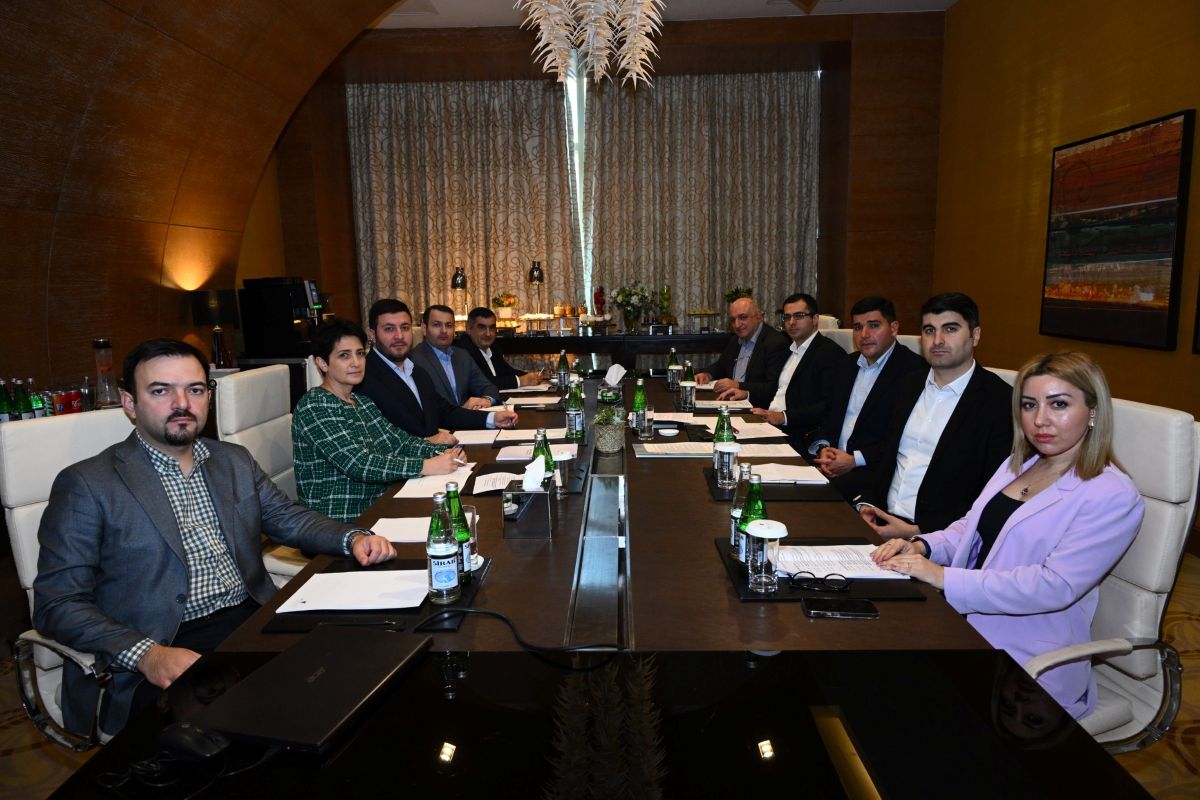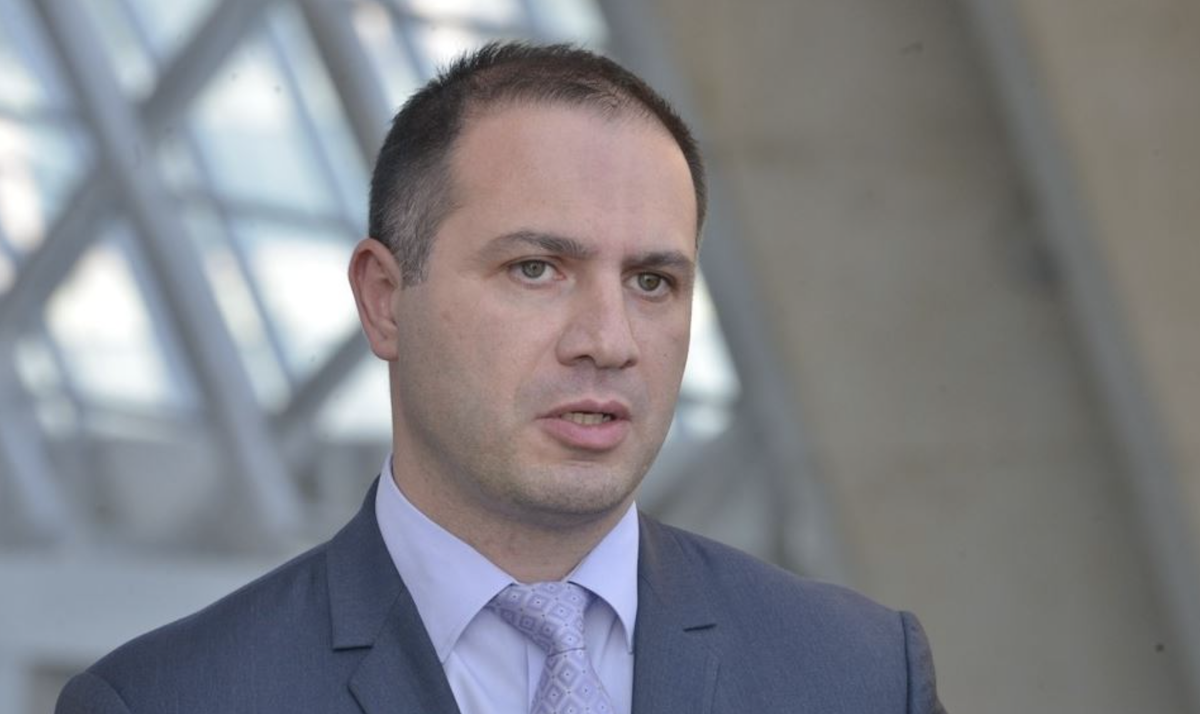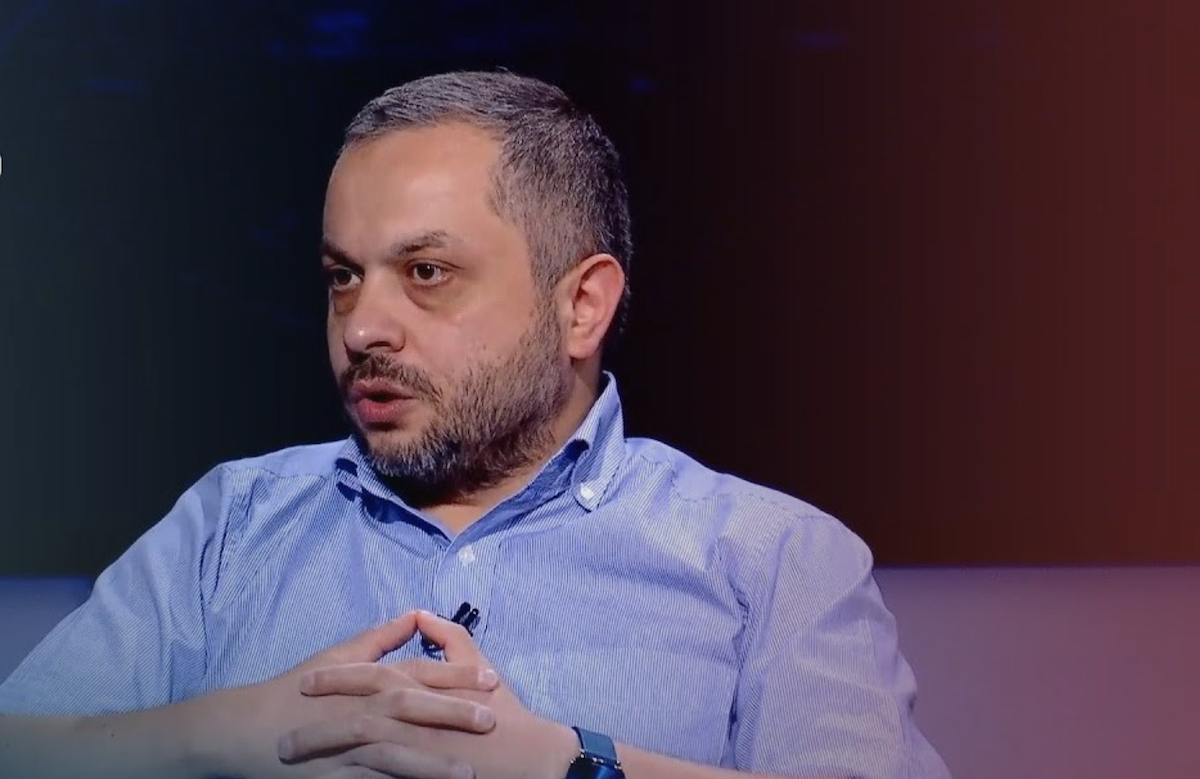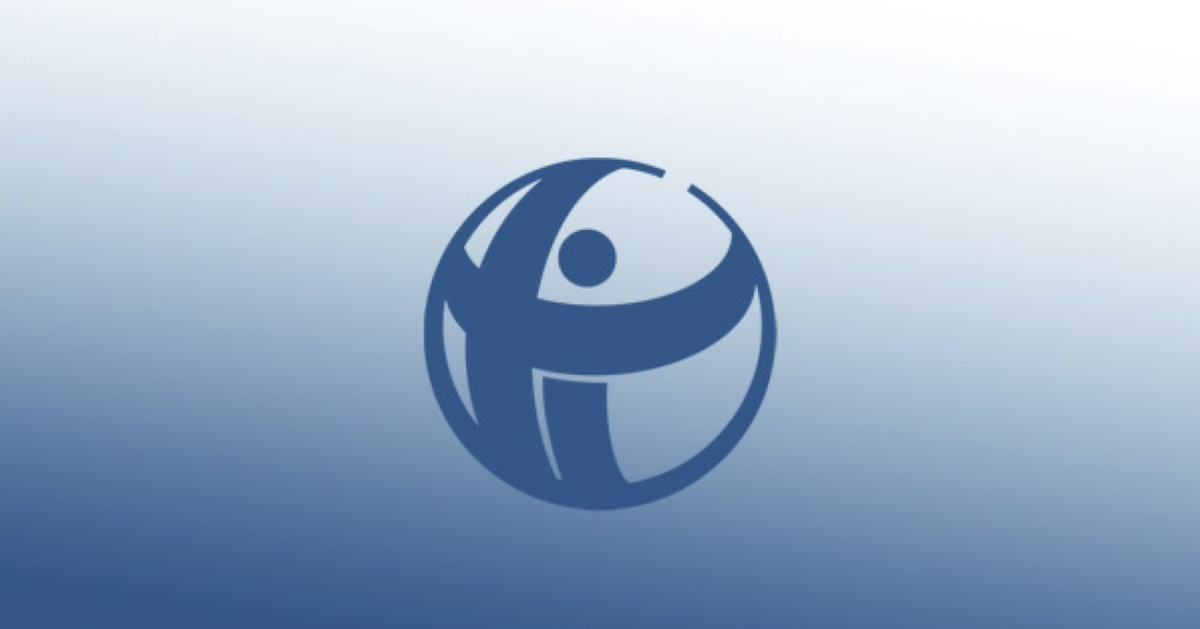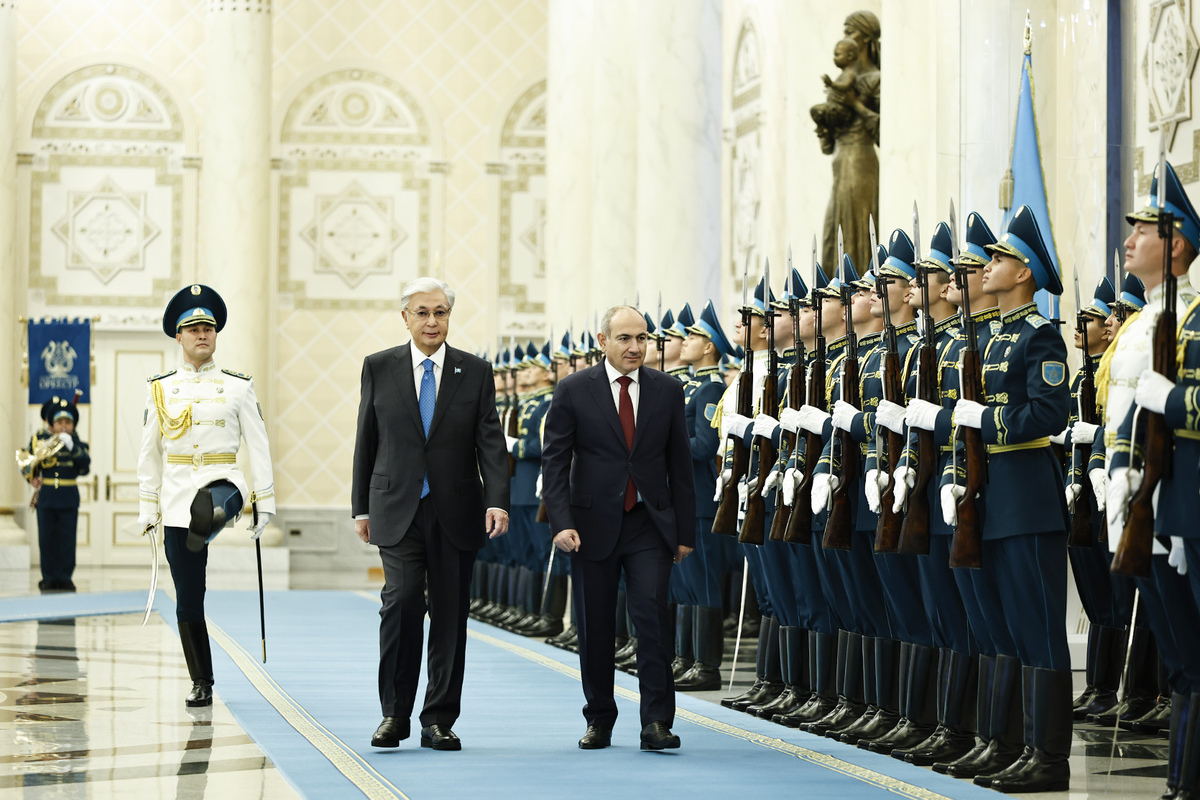Cancer no longer a death sentence
Cancer morbidity and mortality rates keep growing in Armenia: lung cancer is more commonly found among men and breast cancer – among women; then comes cervical cancer. Experts attribute it to the low level of diagnosis of a disease in its early stages. ‘Cancer is no longer a death sentence, claim medics, urging to find time and undergo a medical check-up at least once a year.
Ani Hakobyan, a radiologist at the Armenian-American Health Center, says: “I call on the women not to wait until cancer starts manifesting itself clinically so as to consult a doctor, but rather to visit him/her in a healthy condition. The important thing is to diagnose cancer at the precancerous stage. This implies just a minor interference without breast removal and, in most cases, without the involvement of chemo or laser therapy, which is very time-and-money consuming.
According to the experts, in Armenia people usually consult a physician when they already are in stage 3 or 4 of the disease. It’s been just recently that people have started consulting physicians at the early stage.
About 43,000 women undergo medical check-ups at the Armenian-American Health Center annually. 243,977 breast (mammary gland) diagnostic tests were conducted in the center throughout 19 years of its activity. Breast cancer was detected in 9,908 women and 5,982 out of that number were saved.
Khachanush Hakobyan, the Director of the Center, says that 20 years ago there were just 2-3 patients, whereas now their number increased up to 150-200:
“These rates have been maintained for 4 years already and it’s the result of awareness-raising and collaboration with mass media. Several years ago, people applied only when the situation was getting extremely critical, at the 3rd or 4th stage of the disease, when almost nothing could have been done. The ratio made 40 to 60 then, whereas now its 60 to 40.
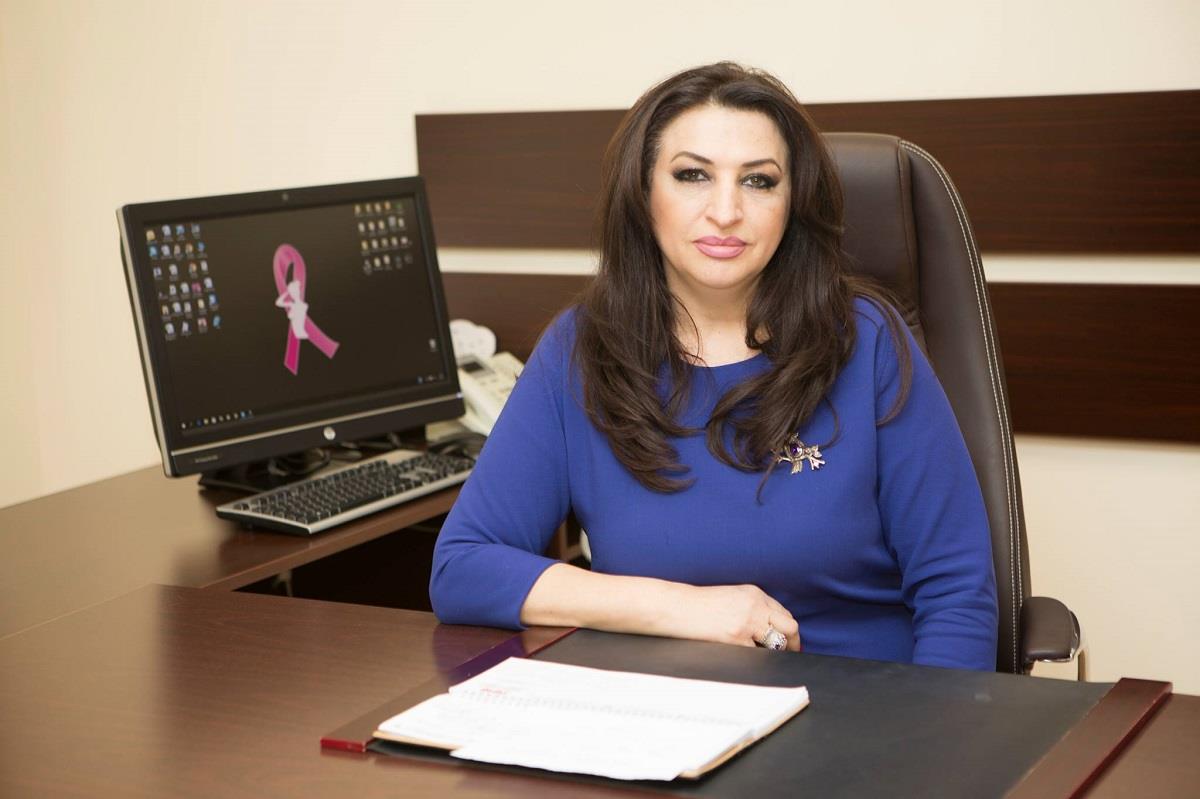
Artur Avetisian, an oncologist at Fanarjian National Center of Oncology, emphasized that the key advantage of early detection of the disease is a possibility of full recovery.
“Permanent advertisements certainly bring positive dynamics, but 30% of patients still turn for help only at the 3rd or 4th stages.
Karine Gasparyan, 37, says that if she had consulted a physician a little earlier, or at least has undergone mammography once a year, she could have avoided many problems:
“It all started with a knee pain. Then I had back pains and I thought it was related to my work. I used to work in a grocery and often had to lift heavy boxes. Then I felt so bad that I almost couldn’t walk. I visited a doctor and it turned out that I had a mammary gland cancer in the worse condition-it had metastasized into the bones. Medics looked at the test results and couldn’t believe that I was still alive. I had both breasts and ovaries removed, just to be on the save side. Thanks God I survived, thanks to doctors!
As she pointed out, apart from serious health problems, her family has had to settle the issues related to huge expenses for examination and treatment:
“We had to pay AMD700,000-800,000 (US$ 1,460-1,670) for the tests alone. I underwent chemotherapy courses before and after the surgery, that is AMD300,000 (US$ 625) per procedure. Our friends and next of kin supported us very much. Thus, we managed to overcome this challenge, so that I could live.
There are several methods of breast cancer treatment: surgery, medication-based treatment, chemotherapy, radiation and target therapy. Oncologists note that the basic types of tumors cannot be cured using just one method: they are often of mixed type and, therefore, may require both, surgery and chemotherapy, as well as radiation therapy.
Liana Safaryan, an oncologist and chemotherapist at Muratsan University Hospital, notes that doctors are also in difficult situation, since they should prescribe treatment that patients can afford:
“The developed countries don’t have such problems: there is an insurance and the state pays for all costly medications. Whereas in Armenia, it is a very serious problem and medical drugs are quite expensive. Patients often tell us: ‘If I sell an apartments and buy medicines, will that save me …’ It’s a huge responsibility for a doctor, because even if they sell an apartment and buy drugs, there is no 100% guarantee that the disease won’t recur again.
Patients with disability degree receive additional state aid amounting to approximately AMD60,000 (US$125) to cover chemotherapy costs, but that’s not a big amount. Regrettably, the government doesn’t have possibility to cover all the expenses.
Many patients often buy medicines in neighboring Georgia, where the same medications are twice or even trice cheaper than in Armenia. Many receive medical preparations from friends and relatives residing abroad.
“That’s beyond our competence field, but I think that medicines imported to Armenia are imposed 20% VAT. Sometimes it’s a serious problem when it comes to the breast cancer. There are certain medicines that cost AMD 600 (US$1,250) per course. 16-17 injections a year is already a serious financial burden, says Liana Safaryan.
Susanna Serobyan, 47, who has gone through many troubles and has managed to recover from breast cancer, says that her treatment lasted for 2 years and cost US$70,000.
“I suffered the worst type of cancer, the treatment of which is very expensive. Just imagine that one injection amounted to about US$300. This is referred to as target therapy. My friends and relatives organized the whole treatment. We sold everything we had, even the apartment, says Susanna, the mother of three children, who is majoring in economy.
The woman, who had gone through the hardest path of cancer treatment, noted that prevention is the cheapest solution to the problem:
“If the government cannot be involved in the treatment process or can be involved in it only partially, then it should at least create an opportunity for prevention through screening that will allow early detection, especially of breast cancer, which is easier to be cured than, for example, pancreas cancer. Any Armenian woman deserves to be given referral and undergo free screening in her district outpatient’s department at least once a year. Let our women be granted those envelopes on March 8 (Women’s Day), especially those who belong to a risk group.
Susanna Serobyan is a member of ‘Europa Donna Armenia’ patients’ organization, which is operating in 47 countries worldwide and has been carrying out its activity in Armenia for 2 years already. The organization aims to considerably reduce the number of cases of delayed diagnosis, so that in Armenia, like in many other countries, breast cancer could be detected at its early stage and patients could get 100% result after treatment.
Susanna says, she also views the patient organizations’ role in lobbying. In her words, if a doctor and patient unite their efforts and jointly raise the problems of their concern, then it will be possible to exert pressure and urge the Health Minister to get involved in resolution of this problem.
Artur Avetisyan, an oncologist, stressed the importance of formation of the public demand that will allow to introduce a state-run breast cancer screening program in Armenia, like it has been done in the developed countries, and now in the developing once as well.
“I wish the government and the charitable funds, and probably the World Bank, would unite their efforts and introduce it in Armenia, so that risk group women could be regularly invited to undergo mammography. When we have an organized, state-funded screening, everyone will undergo examinations. It will naturally increase the morbidity rate, more cancer cases will be revealed, but, at the same time, the mortality rate will drop.
The Health Ministry is implementing free screening program for early detection of cervical cancer, which aims at early diagnosis and prevention of the disease. In this regard, the experts note that: women in Armenia are unwilling to undergo examination and that’s against the background of high morbidity rates throughout the country. According to the National Center of Oncology, 57% of cervical cancer cases are diagnosed in Armenia at its 3rd or 4th stage.
Screening that aims at early detection of breast cancer costs AMD30,000 (US$62), sonography – AMD10,000 (US$20); mammography (mostly undergone by women aged 35-40) – AMD20,000 (US$40). Not all women in Armenia can afford that.
Khachanush Hakobyan, Director of the Armenian-American Health Center, pointed out that this organization was doing its best to somehow facilitate the improvement of the situation and was organizing regular trips to Armenian regions and Karabakh to conduct free diagnostic tests there:
“Thyroid and mammary gland diagnostic tests were recently conducted in Artsakh. 250 people underwent examination. Several cases of cancer were revealed. But, most importantly, tissue pathology was detected in a lactating mother. She was taken to Yerevan, where she was operated and she survived. She was at a precancerous stage. It’s a great achievement. We travel to various regions across the country, since we realize that rural people have no possibility to go to the city and cover test expenses, they live in grievous social conditions.
Published: 14.12.2016










